Your always-on display drains battery up to four times faster than standby mode, reducing daily usage time and requiring 2-3x more frequent charging. Different manufacturers optimize power consumption differently—Apple maintains brighter displays while Samsung and Google use dimmer, smaller screen areas. OLED screens help by activating only essential pixels at 5-10% brightness, but you’ll still face potential long-term battery degradation from increased charging cycles. Customization options like manual dimming and minimalistic watch faces can greatly reduce consumption and help you better balance convenience against battery performance.
Dramatically Increased Power Consumption Rates
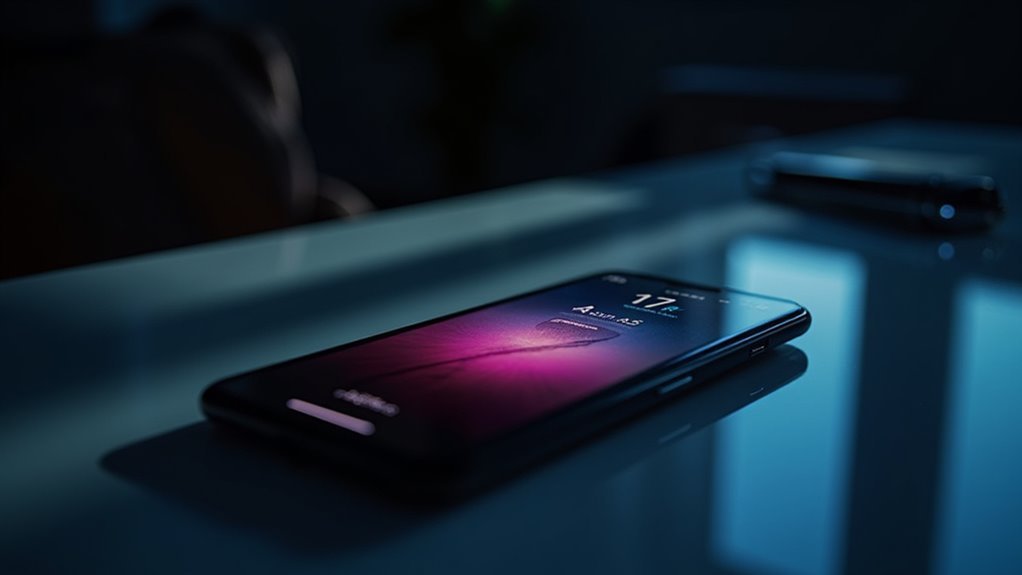
When you activate an always-on display, you’ll immediately notice a substantial impact on your device’s battery life, with power consumption rates increasing by up to four times compared to a completely dark screen.
Your battery drain will vary greatly depending on your device’s implementation and brightness settings. For instance, if you’re using a Xiaomi 12S Ultra, you’ll experience particularly high consumption due to its bright pixels and maximum brightness capabilities.
iPhone users generally see lower discharge rates than Android competitors, but you’ll still lose up to 20% battery in 24 hours. The Google Pixel 7 Pro demonstrated the best autonomy among tested devices, lasting 139 hours with always-on display enabled.
Environmental factors like proximity sensors can help reduce consumption by automatically dimming or turning off your display when it’s not needed.
Manufacturer-Specific Battery Optimization Differences
While all manufacturers utilize OLED technology for their always-on displays, they’ve implemented drastically different optimization strategies that create significant variations in battery performance.
Apple’s iPhone achieves superior results by maintaining brighter displays while optimizing pixel power consumption through aggressive software-level controls.
Samsung and Google take different approaches, lighting smaller screen areas at lower brightness levels to match iPhone’s battery efficiency despite dimmer overall displays.
Xiaomi’s strategy proves less effective, using higher maximum brightness and larger bright graphics that cause disproportionate battery drain.
You’ll notice manufacturers also vary their refresh rate policies during AOD mode—some aggressively lower rates for power savings while others maintain higher rates for smoother experiences.
These optimization differences explain why identical OLED technology produces vastly different battery results across brands. Testing reveals that always-on displays can cause batteries to drain four times faster than normal standby conditions.
Reduced Daily Usage Time Between Charges
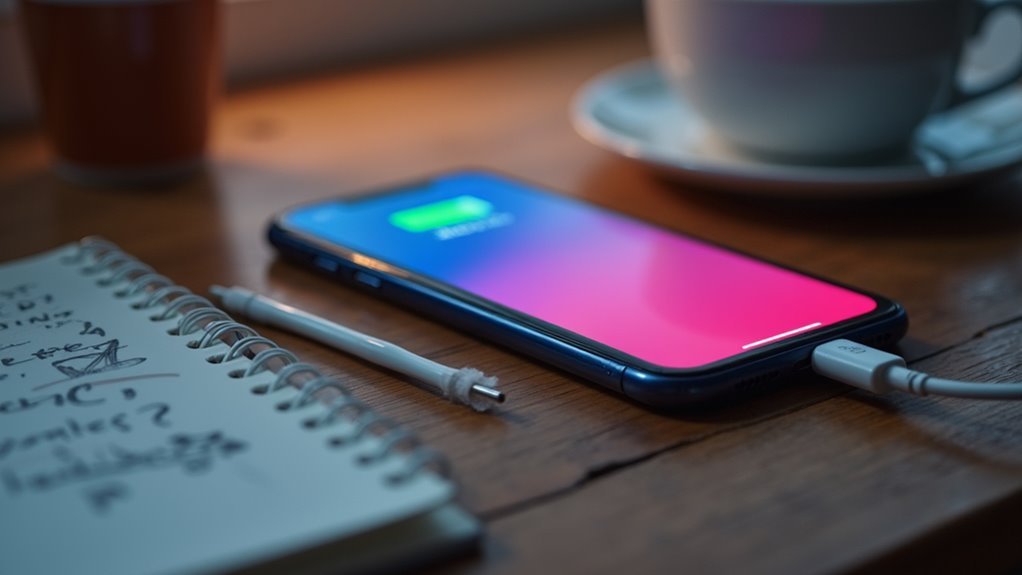
Beyond the technical optimizations manufacturers implement, always-on displays create a tangible impact on your daily device usage that you’ll notice almost immediately.
You’ll find yourself reaching for the charger more frequently as AOD can reduce your battery life by up to 75%. Some devices like the iPhone 14 Pro can lose 20% of their battery in just 24 hours with AOD enabled.
Your charging routine will fundamentally change with this feature:
- You’ll need to charge your device 2-3 times more frequently than before
- Your phone’s idle time drops from 400 hours to approximately 100 hours
- Battery drain occurs four times faster compared to devices without AOD
- Daily usage patterns require adjustment to accommodate increased power consumption
- Power-intensive features combined with AOD accelerate charging frequency needs
The convenience of accessing time and date without unlocking your phone comes at this measurable cost to your device’s endurance.
Pixel Activation and Screen Brightness Management
Although always-on displays consume additional battery power, AMOLED and OLED screens minimize this impact through selective pixel activation that illuminates only the necessary areas while keeping black regions completely dark.
Your device strategically activates only essential pixels while using considerably reduced brightness levels—often just 5-10% of maximum brightness—to conserve energy.
Always-on displays use just 5-10% brightness and activate only necessary pixels to minimize battery drain while maintaining functionality.
Your phone’s adaptive brightness mechanisms automatically adjust luminance based on ambient light conditions, further reducing power consumption.
When you place your device face-down or in your pocket, the display often dims or deactivates entirely to save battery.
These optimizations help devices like the Google Pixel 7 Pro achieve better efficiency, though you’ll still experience measurable battery drain compared to having always-on features disabled completely. During the initial usage period, your device’s battery consumption patterns may appear higher as the system learns your habits and adjusts its power management algorithms.
Potential Long-Term Battery Degradation Concerns
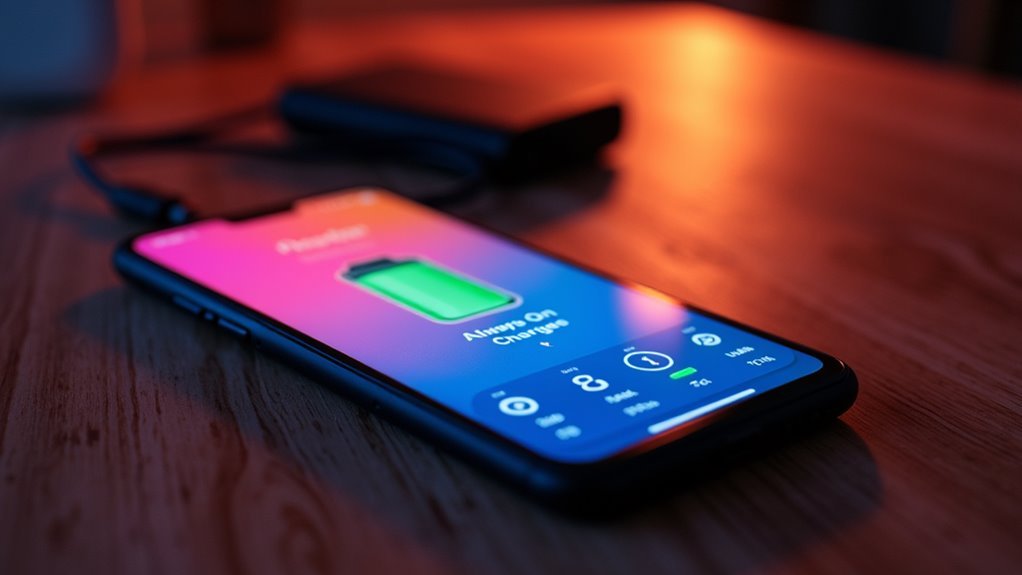
You’re probably wondering if keeping your always-on display active will shorten your phone’s overall lifespan, and the answer isn’t straightforward.
While it’s understood that increased charging cycles from higher battery drain can accelerate degradation, there’s limited long-term research specifically tracking always-on display effects over multiple years. Modern lithium-ion batteries can handle anywhere from 500 to 20,000 cycles depending on usage conditions and chemistry type.
Your concerns about battery health are valid, but the actual data comparing devices with and without this feature enabled remains surprisingly sparse.
Increased Charging Cycle Frequency
When you enable always-on displays, you’re fundamentally creating a constant power drain that forces your device to deplete its battery more quickly throughout the day.
This continuous consumption, typically ranging from 0.5% to 2% per hour, directly increases how often you’ll need to plug in your phone. While your device mightn’t complete more full 0-100% cycles, you’ll find yourself charging more frequently in smaller increments.
This increased charging frequency can impact your battery’s long-term health, especially since lithium-ion batteries are rated for a finite number of cycles before capacity noticeably drops. However, this pattern of frequent topping up actually aligns with modern lithium-ion battery preferences and can help minimize overall degradation.
- Partial charging cycles increase due to constant AOD power consumption
- Battery stress accumulates from more frequent charging sessions
- Depth of discharge patterns change with continuous power drain
- Charging habits shift toward more frequent top-ups throughout the day
- Battery management systems work harder to optimize charging patterns
Limited Long-Term Research
Beyond the immediate impact of frequent charging cycles, a more concerning issue emerges: researchers haven’t conducted thorough long-term studies on how always-on displays affect battery degradation over months and years of use.
While lithium-ion batteries naturally degrade between 2-20% per 1000 cycles, there’s little specific data on how always-on displays accelerate this process compared to other factors.
The lack of standardized measurement methods across different devices and operating systems makes it difficult to assess true long-term impacts.
DXOMARK studies show significant short-term battery drain, but extensive data tracking cumulative effects over time remains missing. Under controlled conditions, researchers tested four smartphones including the Xiaomi Ultra 125, Apple iPhone 14 Pro Max, Samsung Galaxy S22, and Google Pixel 7 Pro to measure immediate battery consumption.
This research gap leaves you uncertain about how your device’s battery health will fare with prolonged always-on display usage.
User Concerns Vs Data
Why do user perceptions about always-on display battery drain often clash with actual test data? You might assume AOD considerably impacts your battery, but testing reveals more nuanced results.
While AOD can drain your battery about four times faster than standby mode, the actual hourly impact averages just 0.66% on most devices. Your concerns about dramatic battery loss don’t always match real-world measurements.
The disconnect stems from varied usage patterns and device differences. Your iPhone 14 Pro Max might show 0.8% extra drain per hour, while Samsung devices exhibit different consumption rates.
Testing consistently shows manageable impact when you customize settings properly. Apple’s A16 Bionic chip specifically enhances power management capabilities for always-on display functionality.
- Variable consumption depends heavily on your specific device and usage patterns
- Customization options let you control AOD’s actual battery impact effectively
- Different operating systems handle power consumption with varying efficiency levels
- Screen technology advances continue reducing long-term degradation concerns considerably
- Proper settings adjustment can minimize AOD’s effect on daily battery life
User Customization Options for Power Conservation
You can greatly reduce your always-on display’s battery impact through brightness control settings that let you manually adjust or automatically dim the screen based on ambient light conditions.
Content display adjustments give you the power to choose minimalistic watch faces, disable animations, or limit displayed information to essential elements like time and critical notifications. Removing wallpaper elements can reduce battery consumption from 20% to approximately 14% daily drain.
These customization options put you in control of balancing convenience with battery conservation according to your specific needs and usage patterns.
Brightness Control Settings
How effectively can you control your always-on display’s brightness to maximize battery life? Your smartphone likely offers limited direct manual control over AOD brightness settings.
Most devices prioritize automatic brightness adjustment based on ambient lighting, which can increase power consumption by up to 4x in bright environments compared to having AOD disabled.
While some manufacturers provide separate brightness sliders for lock screen and always-on display modes, you’ll often find these options buried in settings menus. After software updates, manufacturers sometimes remove AOD brightness controls entirely, forcing users to rely on third-party apps for customization options.
The lack of granular manual control prevents you from optimizing battery life in consistently bright conditions where auto-brightness automatically ramps up power consumption.
- User-aware brightness scaling reduces average power consumption by approximately 8%
- OLED displays consume considerably more power with brighter pixels activated
- Apple’s optimized integration achieves better efficiency despite higher screen luminance
- Samsung and Google limit AOD to smaller screen portions for battery conservation
- Manual override options remain limited across most smartphone manufacturers
Content Display Adjustments
Beyond brightness adjustments, your smartphone’s always-on display offers numerous customization options that directly impact battery consumption.
You can select which widgets and information appear—limiting displays to essential data like time and missed calls reduces active screen area and processing demands. Minimalist layouts consume considerably less power than information-rich designs.
You’ll find display style options including digital, analog, or basic clock formats. Static themes with darker color palettes prove more energy-efficient than animated or bright alternatives. Disabling changes and animations further conserves battery.
Strategic scheduling lets you activate AOD only during specific hours or conditions—like face-up positioning or when charging.
Proximity sensors automatically disable the display when covered, while motion detection limits unnecessary screen time during stationary periods. Consider that third-party AOD apps can drain approximately 10% of your battery per hour compared to native implementations that typically consume only 1% hourly.
Trade-offs Between Convenience and Battery Performance
While always-on displays offer undeniable convenience by showing time, notifications, and device status without opening your phone, they come with a significant trade-off that’ll impact your daily charging routine.
Always-on displays provide instant access to essential information, but this convenience comes at the cost of significantly reduced battery life.
You’ll experience battery drain that’s up to 4 times faster than with the feature disabled, potentially losing 20% of your battery within 24 hours on devices like the iPhone 14 Pro. The impact becomes particularly noticeable for light users who interact with their phones infrequently throughout the day.
- Standby time reduction: Google Pixel 7 Pro manages only 139 hours of idle time with always-on display activated.
- Frequent charging cycles: More regular recharging may accelerate your battery’s aging process over time.
- Device-specific impact: Xiaomi 12S Ultra shows highest drain due to bright, localized pictograms.
- Critical moment vulnerability: Battery percentage drops faster when you need power most.
- User choice necessity: You must decide between quick status access and maximum battery longevity.
Frequently Asked Questions
Can I Schedule Always-On Display to Turn off During Specific Hours?
You can schedule always-on display on Samsung devices through native settings, but iPhone and Google Pixel require third-party automation apps since they don’t support built-in scheduling features natively.
Does Always-On Display Drain Battery Faster in Cold Weather Conditions?
Yes, you’ll experience faster battery drain with always-on display in cold weather. Cold temperatures reduce battery efficiency while AOD increases power consumption, creating a combined effect that considerably shortens your device’s battery life.
Will Using Dark Wallpapers Reduce Always-On Display Battery Consumption on OLED Screens?
You’ll substantially reduce battery consumption by using dark wallpapers on OLED always-on displays. Dark pixels stay off completely, saving 39-47% more power than light wallpapers, especially at higher brightness levels.
Does Always-On Display Affect Battery Life Differently When Using Wireless Charging?
You’ll find that always-on display and wireless charging operate independently. Your AOD won’t affect wireless charging efficiency differently, though both features consume battery simultaneously, potentially increasing overall drain.
Can Third-Party Always-On Display Apps Drain More Battery Than Built-In Features?
Yes, you’ll experience considerably higher battery drain with third-party AOD apps. They can consume up to 10% per hour versus 1% for native features because they prevent deep sleep mode.
In Summary
You’ll need to weigh convenience against battery performance when using always-on displays. While you’re gaining instant access to information, you’re sacrificing significant battery life and potentially shortening your device’s longevity. Don’t overlook manufacturer optimization settings and customization options that’ll help minimize power drain. You can’t have both maximum convenience and ideal battery performance, so you’ll have to decide what’s more important for your daily usage patterns.

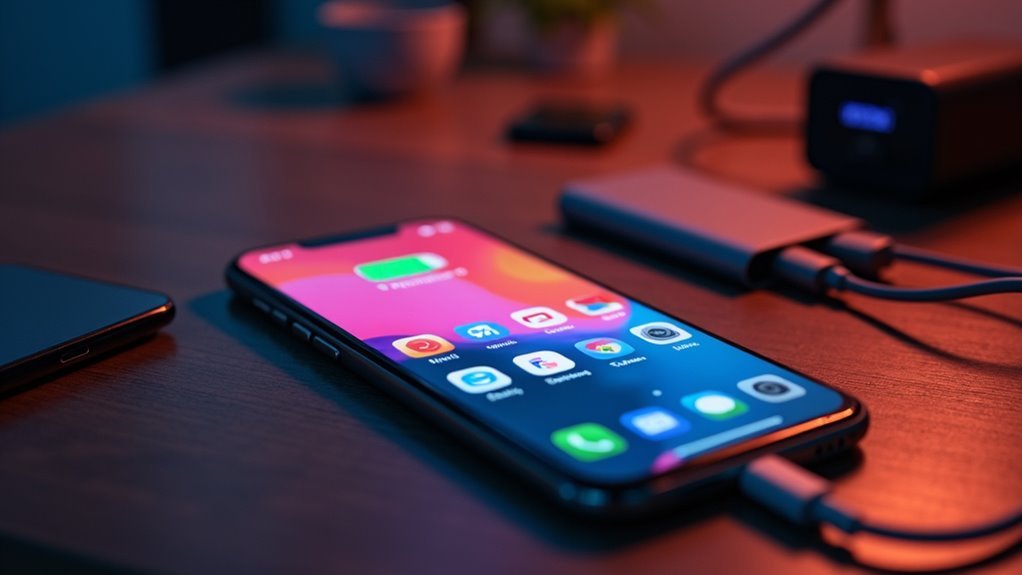

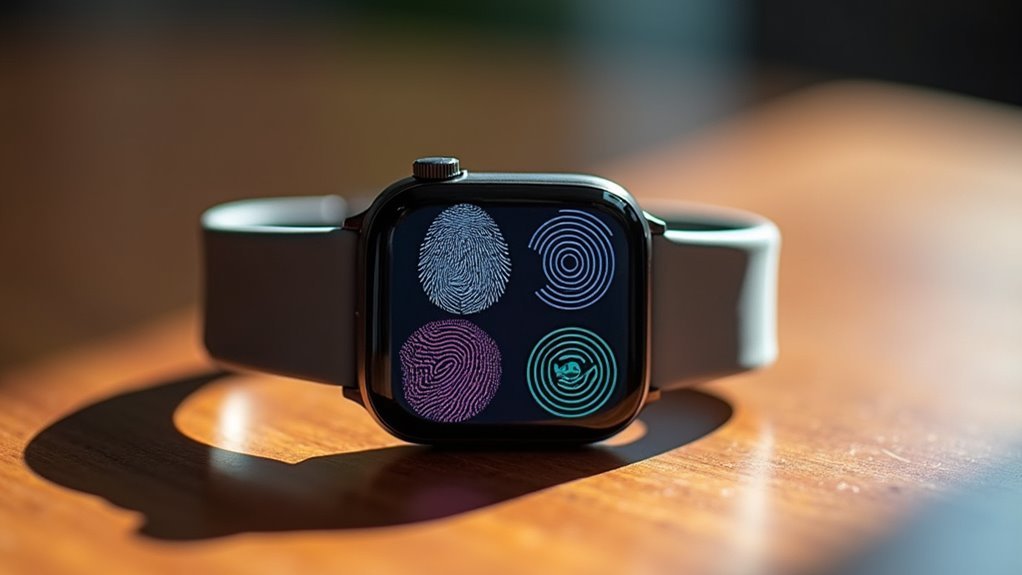
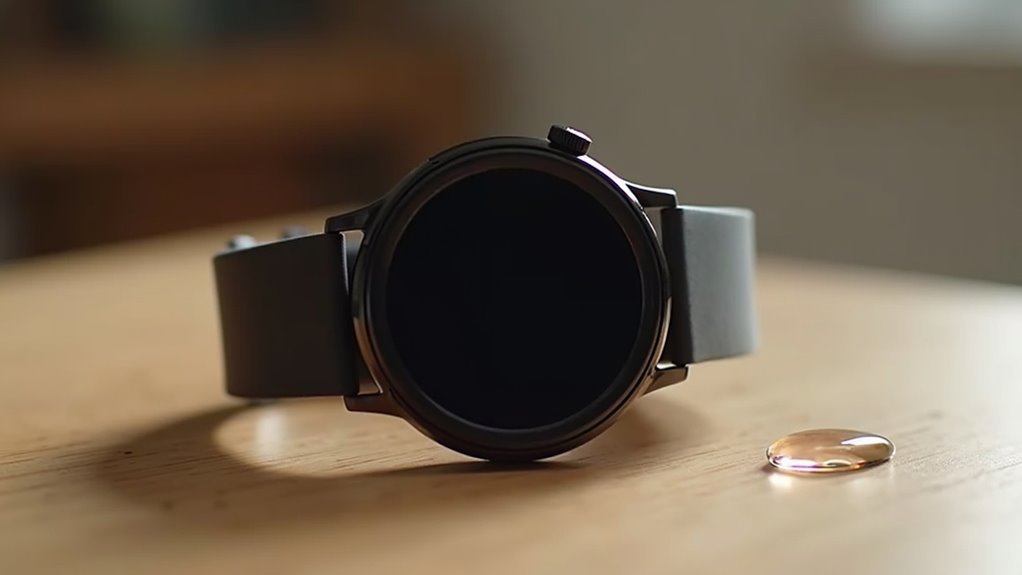
Leave a Reply